Networked thermostats, fitness monitors, and door locks show that the Internet of Things can (and will) enable new ways for people to interact with the world around them. But designing connected products for consumers brings new challenges beyond conventional software UI and interaction design.
This book provides experienced UX designers and technologists with a clear and practical roadmap for approaching consumer product strategy and design in this novel market. By drawing on the best of current design practice and academic research, Designing Connected Products delivers sound advice for working with cross-device interactions and the complex ecosystems inherent in IoT technology.
From the brand
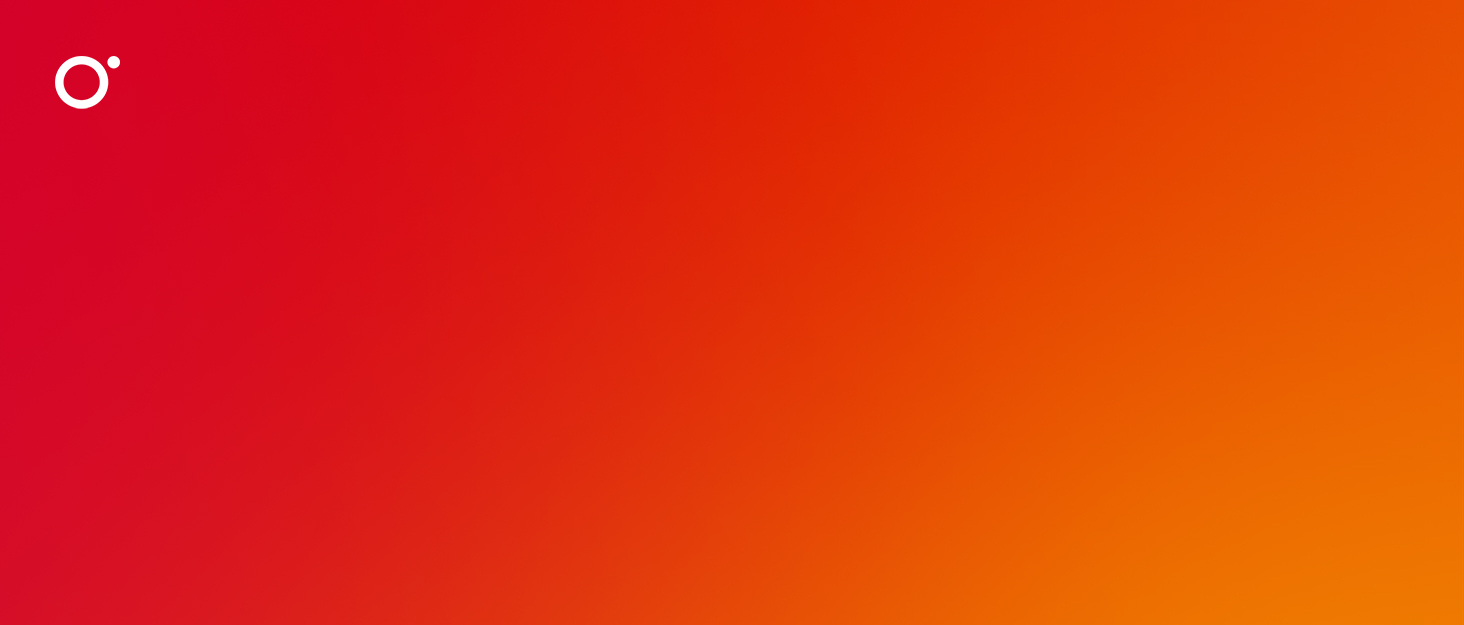

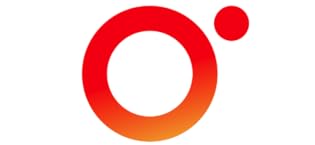

Sharing the knowledge of experts
O’Reilly’s mission is to change the world by sharing the knowledge of innovators. For over 40 years, we’ve inspired companies and individuals to do new things (and do them better) by providing the skills and understanding that are necessary for success.
Our customers are hungry to build the innovations that propel the world forward. And we help them do just that.
Your partner in learning
Bestsellers
Software Development
Programming Languages
AI / Machine Learning
Data Science
Data, Databases and more
Cloud Services
Business
Finance
Blockchain / Cryptocurrency
Security
Cookbooks
Head First series
97 Things series
Lean series
ASIN : 1449372562
Publisher : O’Reilly Media
Publication date : May 31, 2015
Edition : 1st
Language : English
Print length : 726 pages
ISBN-10 : 9781449372569
ISBN-13 : 978-1449372569
Item Weight : 2.11 pounds
Dimensions : 6 x 1.45 x 9 inches

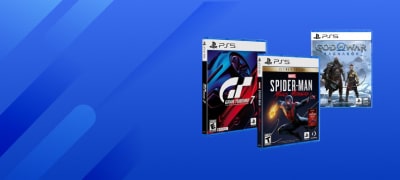
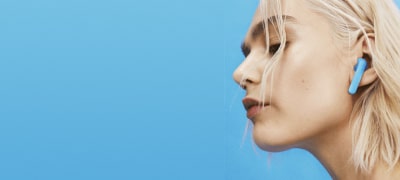

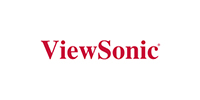
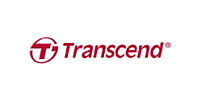
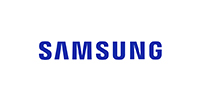
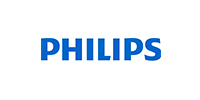


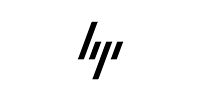

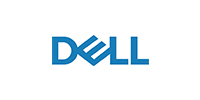
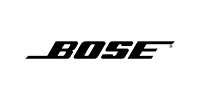
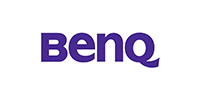
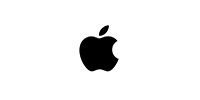
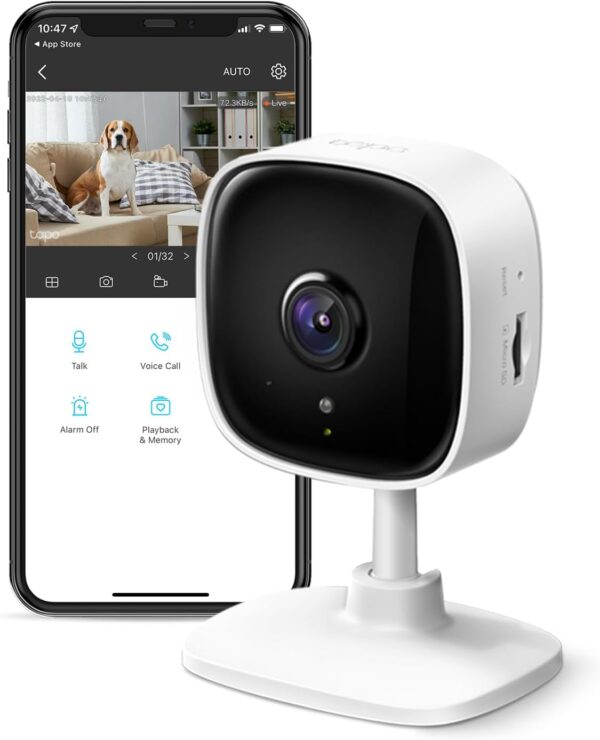
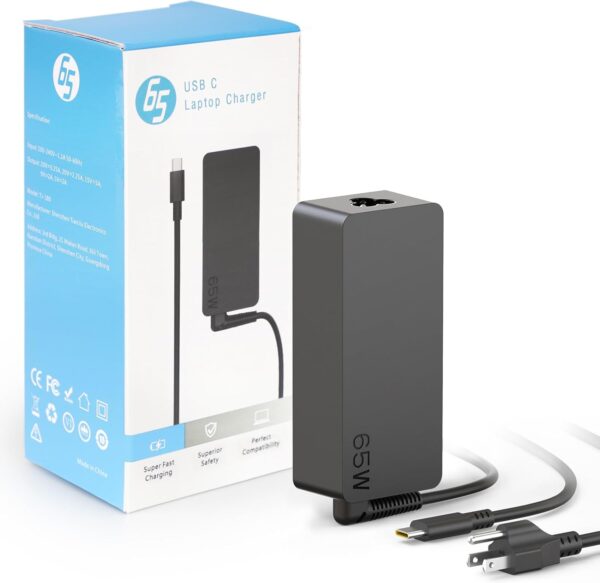
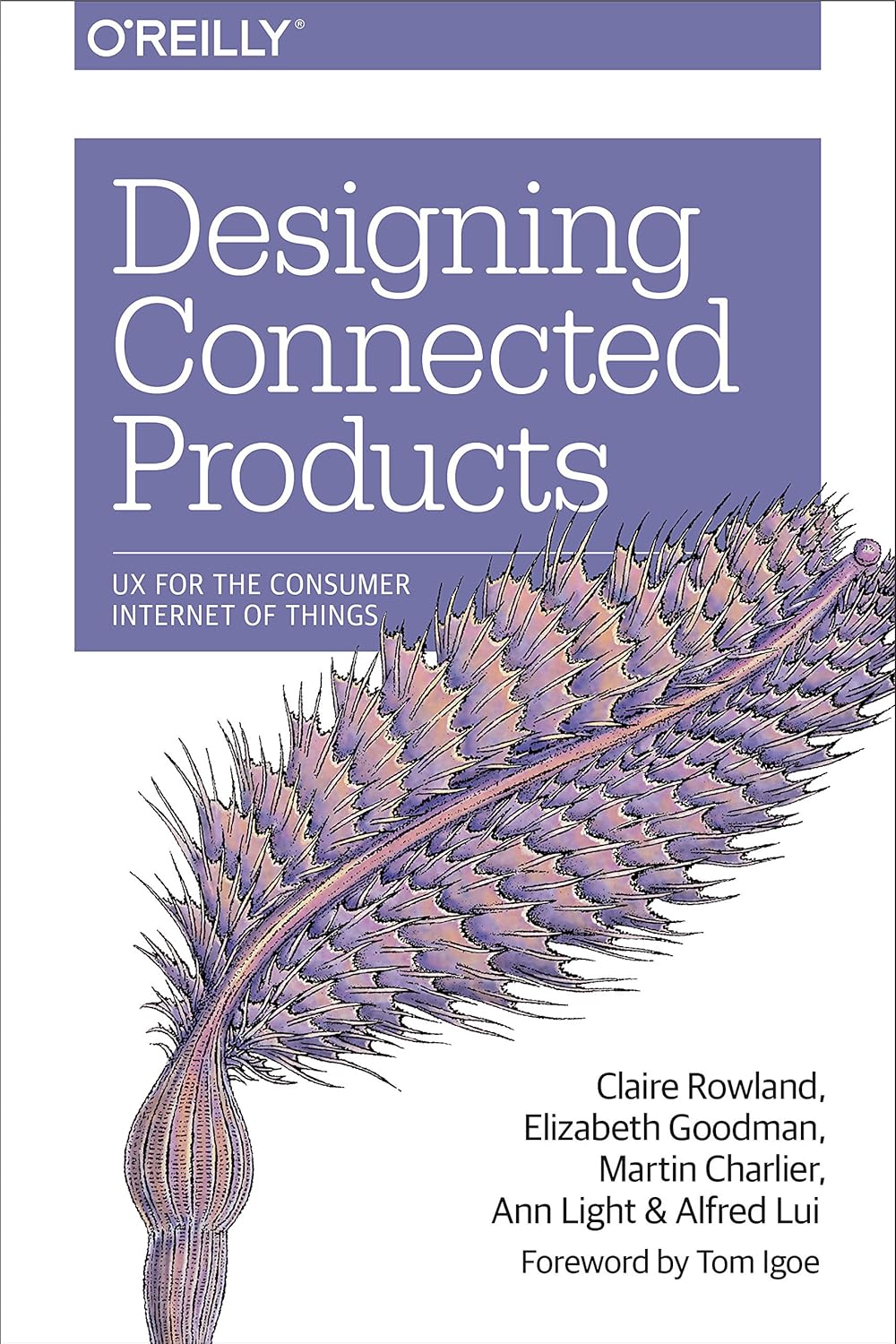
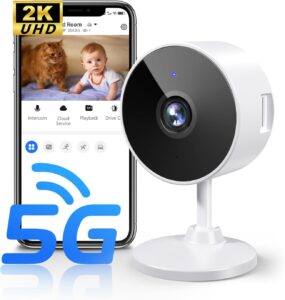
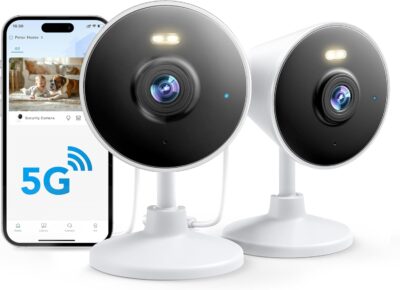
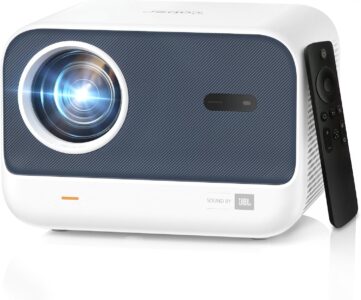
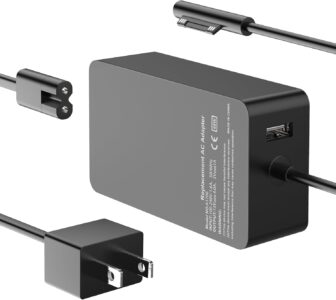
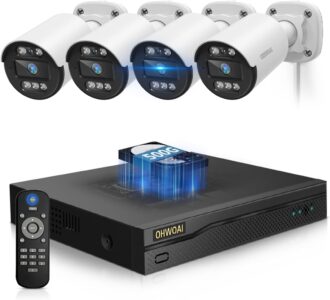
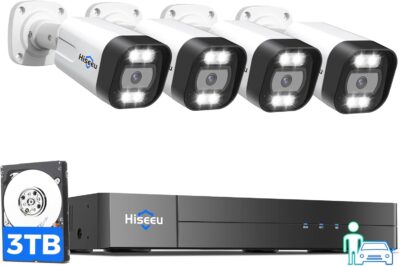
Fun Gus –
Great Foundational Text on General IoT – Focus on Timeless Concepts Over Technology
Update: Seven years later now using this as a course text for an undergraduate program. IOT changes rapidly and this book is about core fundamentals around “experience and meaning” that will always be timeless – how do you design experiences over how to program an embedded controller that will be end of lifed at some point. We could do with an updated version but still now it’s at a much more reasonable price point and the information is valid.Existing review:Every IoT professional or entrepreneur needs a copy of this on their desktop. I am one and I swear by it as a source of learning and as an inspiring reference when formulating new product propositions.I originally bought a copy of this electronically from OReilly. I subsequently loved the book so much I paid for a paper copy to sit on my desk with the other IoT references I use. ( Kindle is great but not really “browseable” as paper is. Sorry poor tree.)IoT is at a very nascent stage and useful IoT products even more so. Customer value propositions for IoT products are not clear yet and excitingly represent a new frontier of great big opportunity. We are with IoT where the web was in 1994 and where the Personal Computer was in 1979. It’s really cool tech and we know it will be really useful soon but there is a lot of painful learning to be done and a lot of grammar’s on use and UX to be written, before we create the killer app’s that will make IoT products “must have’s”. That;s why you need this book as one of your guides.What a book like this does is bring the best of what has been deeply thought about by some of the best professionals working on IoT services each day – Claire Rowland and Elizabeth Goodman whose previous work I have followed in papers and conference talks. In Elizabeth Goodman’s case her partners book – Smart Things by Mike Kuniavsky – was one of the first and still a landmark book on IoT / Smart devices. These professionals have been kind and diligent enough to document their learning and discoveries to create a “cookbook” of good IoT ideas and axioms.If you work in the field on the product or service implementation side – I strongly suggest you get a copy of this book to catalyze your own thinking, in this fast growing and frankly exhilarating field. It’s not a tech book, it’s a design book. It will inspire new ideas and save you a boat load of time.
Dave –
Great book that covers IoT extremely well and in depth …
Great book that covers IoT extremely well and in depth but in easy to understand text. Would definitely recommend even if you have no plans to ‘design a connected product’.
Martin –
Everything fine
As described
Wayne Cannon –
Excellent Coverage of Product Design Considerations — not technical implementation aspects.
This book is about non-technical aspects of product “design”. As such, it’s a truly excellent book covering a very broad range to considerations for the design of a commercial product, for that reason I have given it five stars. It covers everything from product appearance, how to configure, manage the product, power consumption and how to supply power, how to connect to the internet, and the process of designing, pitching, and introducing your product to the marketplace. These are the topics that easily make the difference between success and failure as a commercial product.It does not, however, deal with the electronic, software, I/O, etc., implementation aspects of design (that I was looking for).
Ms McT –
An extremely useful primer on UX design for IoT
When you venture into user experience design for tangible products you suddenly find yourself feeling horribly alone. The failure rate for IoT startups is scarily high: around 90% according to some reports. Few people understand how to ensure their product meets real user needs. Very few deeply understand both software and hardware design. Then there are networking problems and a Pandora’s box of privacy and security issues, as well as all the unknown unknowns. Where in software design there are a ton of resources to turn to, this is uncharted territory.The authors of this book are pretty much as expert as you can get in design for connected products and they’ve created a very thorough primer here. I’d go as far as to say it’s a complete lifesaver. As well as UX design it deals with the research phase and product strategy, and briefs you on hardware design and networking pitfalls. I found loads of pointers that would never have occurred to me but which make absolute sense.Although it’s a pretty hefty book it’s not a heavy read since it’s well structured and the writing is clear and collegial. You can dip in where you need, using it as a handbook as you work. You get the feeling you have an expert friend by your side to whom you can turn to for advice. That’s very comforting.
treetop –
Outstanding book that covers the entire ecosystem of connected products.
As a digital media professional I found this book to be really valuable. The authors have done a good job of touching upon all relevant aspects with concrete examples of the latest products and it’s pretty obvious that a ton of research went into this material. I keep myself abreast of the latest trends in Gadgets, Home Automation, Digital Media etc so was not expecting to find anything new but the first couple of pages itself listed some products/concepts that kept me engaged in the material. It also acts as a showcase of the brightest and the best Internet of things projects and products. This is certainly more than a UX book as it covers all of the technology issues around connected devices basically the entire ecosystem.
Mr. T. G. Cockerill –
Inspiring, accessible and comprehensive overview of UX design for the Internet of Things
Loved this book. It really clarified a complex subject for me and I’m continually finding it useful in my work.It’s got loads of visual, real-world examples to show the ideas and concepts in practice.Very engaging, clearly written and most of all extremely practical for design professionals looking to keep the user at the centre of the Internet of Things.
Brady Forrest –
Design makes your product
Connected products are a unique beast. The user buys the hardware, but often relies almost solely on an app for their daily interactions. Designing this type of product well takes lots of iterations & user testing. This book takes you through the paces. We keep one on the shelf at Highway1 for our IoT companies.
Diarmad McNally –
As a User Experience consultant who works in the IoT / connected products field, this book could have been written specifically for me. The significance of this book, in contrast to many books on design, is that it does not simply offer design patterns but instead explains in detail the structures and characteristics of these technologies framed within the expectations and abilities of the user in context. As the number of connected products grows, the methodologies described here will become more useful to anybody working in this area from designers to product managers concerned about security. It’s a complex eco-system and this book makes it less complicated.
Katrin M. –
Mit dem bisher nur in englischer Sprache erschienenen Buch haben Claire Rowland und Ihre Co-Autoren ein Referenzwerk geschaffen, das einen guten Überblick bietet von den technischen Komponenten und deren Architektur im Internet der Dinge, über einen Einstieg in den Industriedesign Prozess bis hin zu praktischen Überlegungen zur User Experience von IoT Systemen. Wer wenig Zeit hat, findet die wichtigsten Punkte kurz und prägnant in den Kapitelzusammenfassungen. Die Sprache ist verständlich und anschaulich. Immer wenn man sich ein Beispiel wünscht, folgt dieses im nächsten Satz. Da sie selbst viel Erfahrung mit Konsumgütern hat, kommen viele Beispiele aus dem Bereich der Haustechnik und Wearables und weniger aus der Industrie 4.0.
ZahraZhd –
I heartily enjoyed reading this book, since writers seem to have working experience in this field as well as the will to cover the subject from every possible aspect. I strongly recommend it to anyone who wishes to learn more about design challenges of IOT products but also design of distributed systems in general.
Martel –
Fine